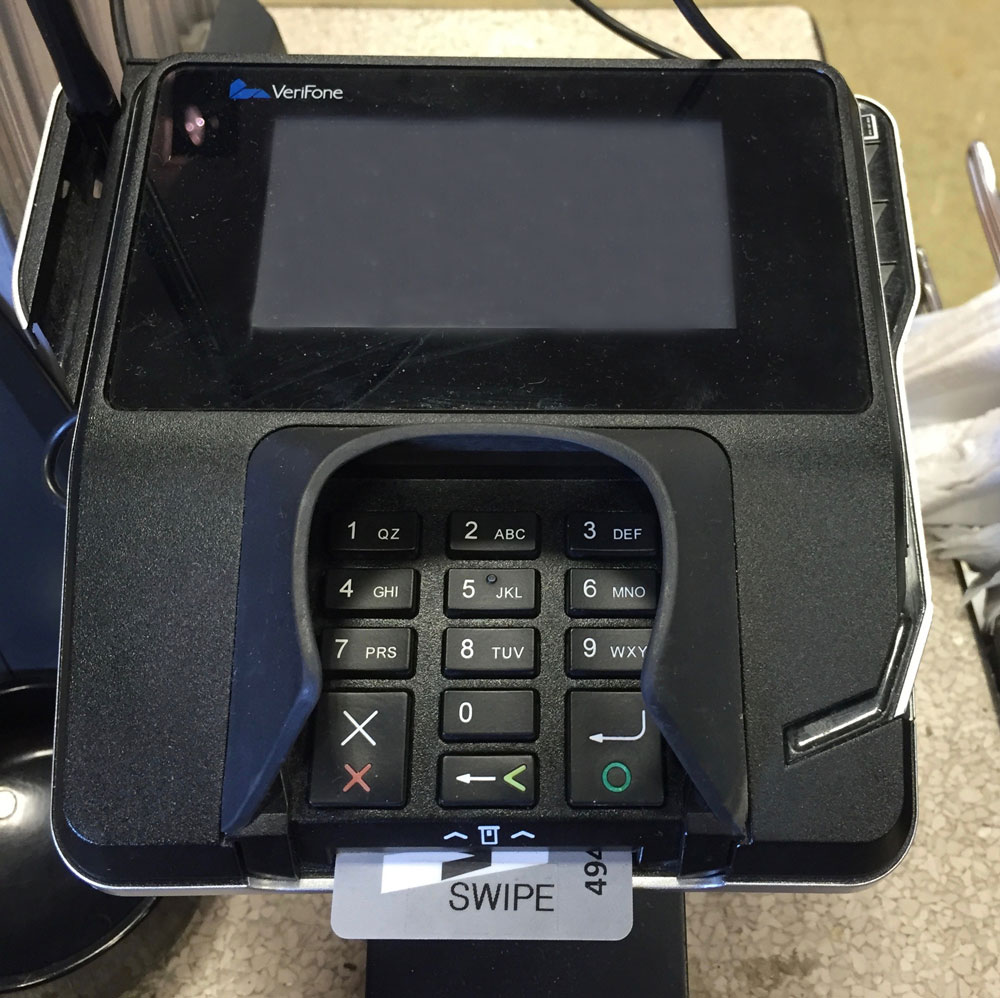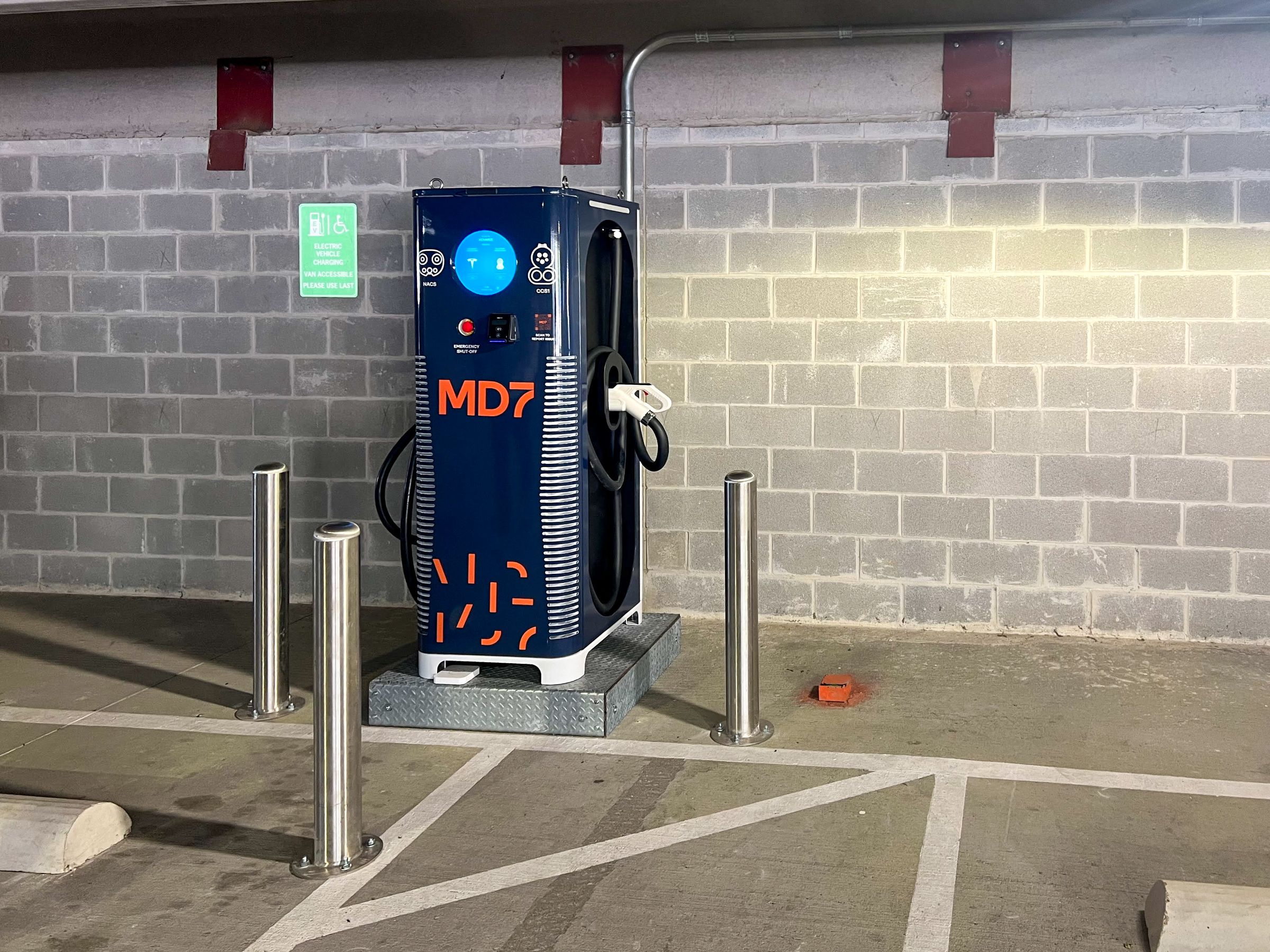Spotlight on Wireless Technology: When Will the Smartphone Finally Replace Credit Cards?
By Tom Leddo, Vice President
By my count there are currently four different ways to make a purchase when standing in line at a retail store–not counting cash or checks.
- Swipe your credit/charge card
- Insert your chip embedded card
- Scan the QR code in a unique retail app on your phone
- Pay with your phone by tapping the payment machine with your smart phone using Apple Pay, Android Pay or Samsung Pay
In many countries, swiping is already a thing of the past and it soon will be in the rest. The static nature of the data embedded in a strip that is swiped is simply too easy to steal. Due to this outdated technology, my personal visa had to be replaced twice in the last six months.
The encrypted data in a chip embedded card is not static so even if it does get copied, it changes for every transaction so it is nearly impossible to counterfeit. This technology, known as EMV (an acronym for “Europay, MasterCard, Visa” who created the technology), is widely used throughout Europe and is relatively easy to use. However, in the USA, not enough retailers have invested in the terminals at each point of sale. Many of the companies that have actually installed the terminals are not yet using them and have a sign telling you to use the swipe instead. They may even have tape over the card slot to prevent you from inserting your card.

I have been scolded by a handful clerks for vacillating between the swipe and the insert!
Clearly the best solution is holding your phone near or tapping it against a payment terminal and paying via your account information stored securely in your phone. Mobile payments use the same EMV technology as the chip card, and have a second form of authentication by requiring your phone PIN or fingerprint. This can also be combined with an expanding number of loyalty programs. Mobile payments are faster, easier, more secure and I can consolidate all my loyalty cards. Woohoo!
So what the problem? Well, not every retail location has invested in the terminal to process mobile payments.
In the USA, the liability for fraudulent charges recently shifted from the bank to the retailer. This is providing the incentive for retailers to incur the expense to shift from traditional cards to EMV chips at the point of sale. But not all of these machines are compatible with mobile payments. Samsung Pay gets around this by allowing you hold your phone next to where you would normally swipe a credit card and then communicating with the magnetic card reader – this does enable your Samsung phone to work in almost all locations.
We still have a lot of options and a lot of confusion. I anxiously wait for the a transition to a more standard system to evolve!




